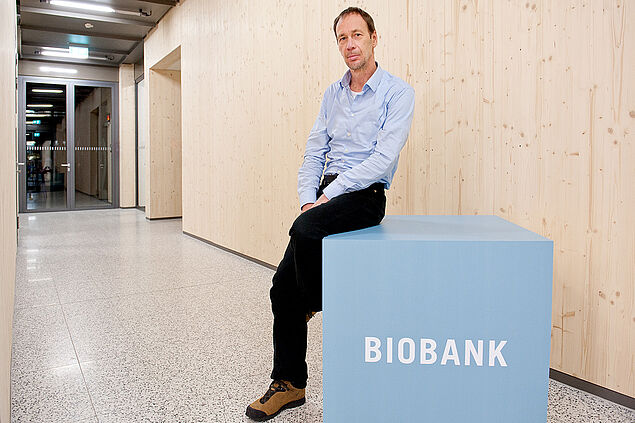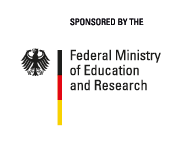University hospitals all over Germany established centralized biobanks over recent years, providing high-quality samples and data for research purposes. The aim now is to form a network and to make these biobanks available to researchers, on a regional, national and international basis. Prof. Michael Hummel, the coordinator of the German Biobank Node (GBN) at Charité in Berlin, is driving the networking of German biobanks forward. Prof. Hummel, how is GBN pursuing this mission?
There are three essential requirements for the networking of biobanks. First, the IT infrastructure must allow searches for samples across different biobanks in order to generate a critical mass of specific samples for a research project. Second, the biomaterials and data must be of comparable quality to permit such use. The third requirement is the harmonization of the ELSI aspects.
GBN pursues the mission to network the centralized biobanks in Germany, so that in the future biobankencompassing collectives combined with clinical data can be used for biomedical research. This will enable considerable progress in medical research and help to accelerate the development of new diagnostic and therapeutic agents.
How will you implement this?
Over the next three years, eleven German biobank sites will work closely together in the German Biobank Alliance (GBA) funded by the German Federal Ministry of Education and Research (BMBF). This network will help us to use funds and resources more effectively in the long term. However, we will not work in an ivory tower. We will actively involve all stakeholder groups - not only researchers, patients and clinicians, but also the public, funding bodies, political groups, the media and medical companies from the very beginning.
How will you collaborate with biobanks which are not being funded in the alliance?
The German Biobank Alliance (GBA) is an open structure. The long-term aim is to bring all German biobanks together. Biobanks not receiving funding at present can become a part of this alliance if they adhere to the agreements that are defined by the consortium contract. Depending on requirements, these biobanks may participate actively in the GBA IT structure as part of the network, but also on an informal level. The IT and Quality Management tools developed in GBA should help in the latter case, so that every biobank can actively participate in the network at a later point in time even without external funding.
What’s Germany’s position in the European biobank community?
The German community will play a very substantial role in the European context. Thanks to the participation of GBN, Germany is very involved in BBMRI-ERIC, the European biobank hub. For example, we participate in a working group that is drafting quality guidelines and we are very active in the Common Services ELSI and IT. There are a number of German working groups that, together with IT experts from other
BBMRI member states, are working intensively to create corresponding IT structures at the European level. I have the honor of managing these activities as the Director of the BBMRI- ERIC Common Service IT. In the future, we will be able to search not only aggregated data in a directory, but search in European biobanks for suitable samples and data using a so-called Sample Locator. Once potential biomaterials have been identified, we will also support the next step: a precise definition of requirements and the provision of samples and data through the “Sample Negotiator.” This tool has already been developed and will shortly be used
for searches in the directory.
The funding of GBA, starting now, will be watched closely by other European countries. Germany will thereby set an example for many countries in Europe. We are already well positioned within the European community, and the new funding is certainly giving us a further boost.
How will biobanks work 10 years from now?
I imagine that biobanks will not only collect, store and manage samples and make them available for research, but they will also generate data from these biosamples. Instead of making the samples ‘physically’ available, the biobanks will more and more supply analytical data, together with metadata or clinical data. This is already the case for some of our colleagues in northern European countries. They are engaged in projects in which biobanks generate analytical data and researchers can request the data but do not have to carry out the analyses themselves. Samples are sent only if they are needed for supplementary studies.
One of the key questions is to what degree sample data generated in research projects must remain within the research project or whether such externally generated data can flow back into the biobanks and –
following clearly defined rules – can be made available to the research community. Shortly speaking, in the future it will be more about the data and less about the biosamples. This is an exciting prospect.
Interview: Wiebke Lesch




